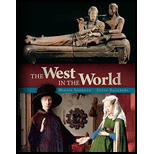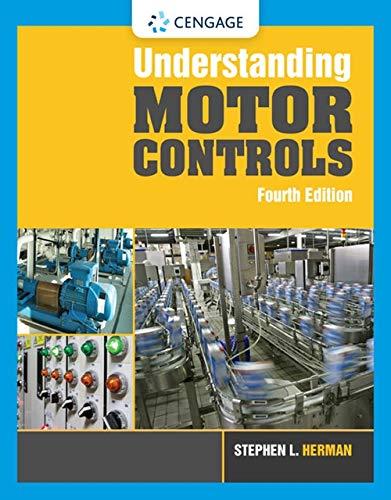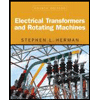
Concept explainers
The average magnetic moment for cobalt.
Answer to Problem 65AAP
The average magnetic moment for cobalt is
Explanation of Solution
Write the expression to calculate average magnetic moment for cobalt
Here, saturation magnetization is
Write the expression to calculate atomic density of the cobalt.
Here, number of atoms per unit cell is
Write the expression to calculate volume of the unit cell for the cobalt
Here, lattice constant of the unit cell is
Conclusion:
Refer "Problem 16.64" in the textbook, obtain the values for lattice constant
Substitute
Substitute
The value of Bohr magneton
Substitute
Thus, the average magnetic moment for cobalt is
Want to see more full solutions like this?
Chapter 16 Solutions
Foundations of Materials Science and Engineering
- The atoms of a material used as an insulator generally contain ___________ valence electrons.arrow_forward2. Explain the magnetic classification of materialsarrow_forwardHow can you know what kind of bars are made. Explain by investigating net magnetization. (Magnetism and paramagnetism)arrow_forward
- Engineering science Distinguish elastic, electrical and magnetic hysteresis in different Materials.arrow_forwardDistinguish elastic, electrical and magnetic hysteresis in different materials.arrow_forwardA piezoelectric material has a Young’s modulus of 72000 MPa. What stress is required to change its polarization from 640 C/m2 to 645 C/m2?arrow_forward
- Explain the following, related to physical insight to internal energy (iv) Internal energy (v) spin energy (vi) sensible energy.arrow_forwardIn Niels Bohr's 1913 model of the atom, the electron is in a circular orbit around a nucleus. An electron is 5.70 x 10-11 m from a nucleus traveling in a circular orbit with a speed of 2.15 x 106 m/s. What is the magnitude of the magnetic moment due to the electron's motion?arrow_forwardConsider a system of nonrelativistic electrons in a white dwarf star at a temperature of 10^9 K. Very roughly, what would be their density if the system is degenerate? How does this compare with typical electron densities in ordinary matter of about 1030 electrons/m3?arrow_forward
- In the electron arrangement of a calcium atom, how many electrons are in the second energy level? Plz solvearrow_forwardA lightning bolt carried a current of 2 kA and lasted for 3 ms. How many coulombs of charge were contained in the lightning bolt? Enter your answer in Coulomb C units, i.e. for example = 2.5 Carrow_forwardA 4-79 permalloy solenoid coil needs to produce a minimum inductance of 1.5 Wb/m2. If the maximum allowed current is 8mA, how many turns are required in a wire 132cm long? (extra info Fig 2)arrow_forward
 Understanding Motor ControlsMechanical EngineeringISBN:9781337798686Author:Stephen L. HermanPublisher:Delmar Cengage Learning
Understanding Motor ControlsMechanical EngineeringISBN:9781337798686Author:Stephen L. HermanPublisher:Delmar Cengage Learning Electrical Transformers and Rotating MachinesMechanical EngineeringISBN:9781305494817Author:Stephen L. HermanPublisher:Cengage Learning
Electrical Transformers and Rotating MachinesMechanical EngineeringISBN:9781305494817Author:Stephen L. HermanPublisher:Cengage Learning

